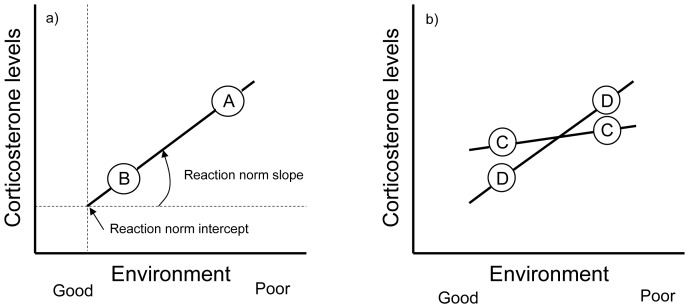Figure 1. The concept of reaction norms.
Reaction norms are the phenotypic expression of a single genotype across a range of environments. Reaction norms can be characterized by the intercept (e.g. initial hormone levels) and the slope of the line (e.g. stress responsiveness). Panel (A) depicts a hypothetical scenario, where there is only one reaction norm in the population (e.g. due to the lack of genetic variance or due to a strong selection for an optimal reaction norm). In this scenario, selection cannot act on hormone levels, because there is no variance between genotypes (individuals A and B have the same slope and intercept), i.e., all individuals will have identical hormone levels under the same environmental circumstances. However, without knowing the reaction norm, differences between the individuals (denoted by A and B) may be mistakenly attributed to results of natural selection on the hormone levels (if fitness is higher in the good environment than in the poor one). In panel (B), individuals differ in their reaction norms (both in the intercept and the slope). Different individuals (C and D) are sampled twice, once in a good environmental condition and once in a bad environmental condition. In this case, the between- and within-individual variation in hormone levels can be separated, and the reaction norm can be defined. If fitness related traits are also measured, then we can ask whether selection acts on the different reaction norms. In this special case, the reaction norms cross, making an individual by environment (I×E) interaction that has further consequences on how natural selection can act on the reaction norms in such a situation. See the text and references therein for further details.

